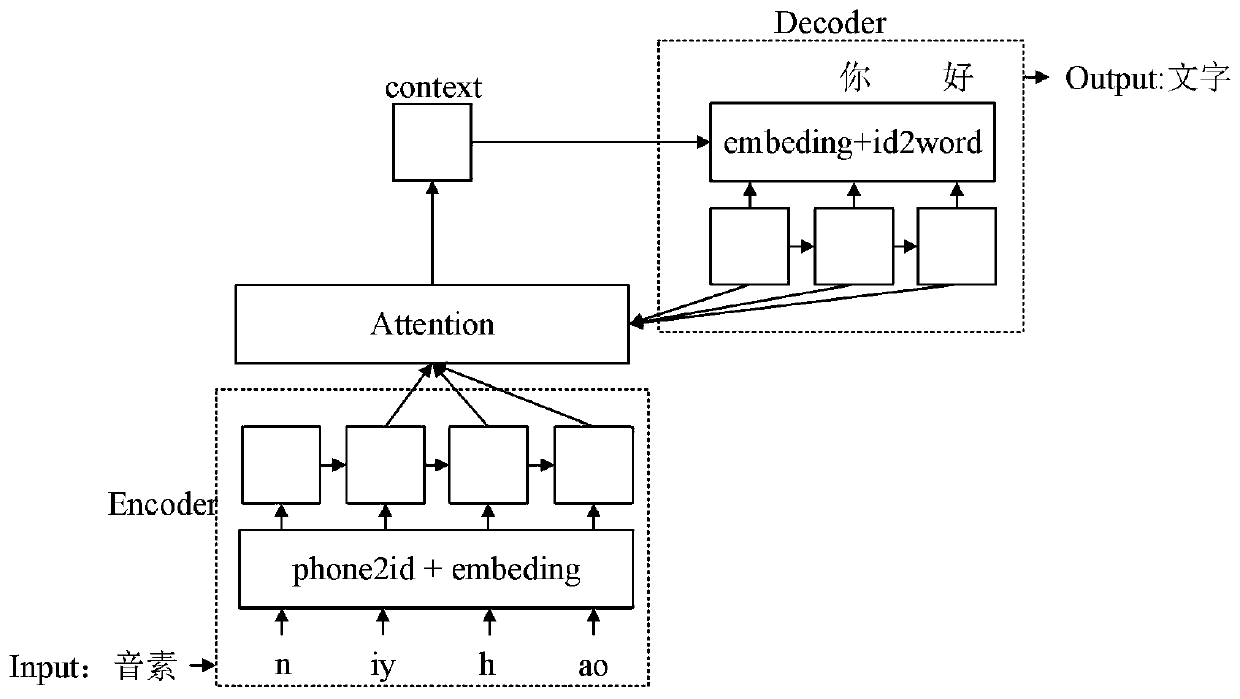Speech recognition method based on CLDNN+CTC acoustic model
An acoustic model and speech recognition technology, applied in speech recognition, speech analysis, instruments, etc., can solve the problems of overall performance degradation, inability to extract more discriminative features, limited model fitting ability, etc., and achieve high recognition rate, With anti-noise ability, easy to train the effect
- Summary
- Abstract
- Description
- Claims
- Application Information
AI Technical Summary
Problems solved by technology
Method used
Image
Examples
Embodiment Construction
[0042] The following will clearly and completely describe the technical solutions in the embodiments of the present invention with reference to the accompanying drawings in the embodiments of the present invention. Obviously, the described embodiments are only a part of the present invention, not all embodiments. Based on the embodiments of the present invention, all other embodiments obtained by persons of ordinary skill in the art without making creative efforts belong to the protection scope of the present invention.
[0043] Such as figure 1 Shown, a kind of speech recognition method based on CLDNN+CTC acoustic model provided by the present invention, described method comprises
[0044] Step 1, obtaining a real-time speech signal, performing feature extraction on the speech signal, and obtaining a frame-by-frame acoustic feature sequence;
[0045] Step 2, using the acoustic feature sequence as the input of the CLDNN+CTC acoustic model, and outputting the phoneme sequence;...
PUM
 Login to View More
Login to View More Abstract
Description
Claims
Application Information
 Login to View More
Login to View More - R&D
- Intellectual Property
- Life Sciences
- Materials
- Tech Scout
- Unparalleled Data Quality
- Higher Quality Content
- 60% Fewer Hallucinations
Browse by: Latest US Patents, China's latest patents, Technical Efficacy Thesaurus, Application Domain, Technology Topic, Popular Technical Reports.
© 2025 PatSnap. All rights reserved.Legal|Privacy policy|Modern Slavery Act Transparency Statement|Sitemap|About US| Contact US: help@patsnap.com



